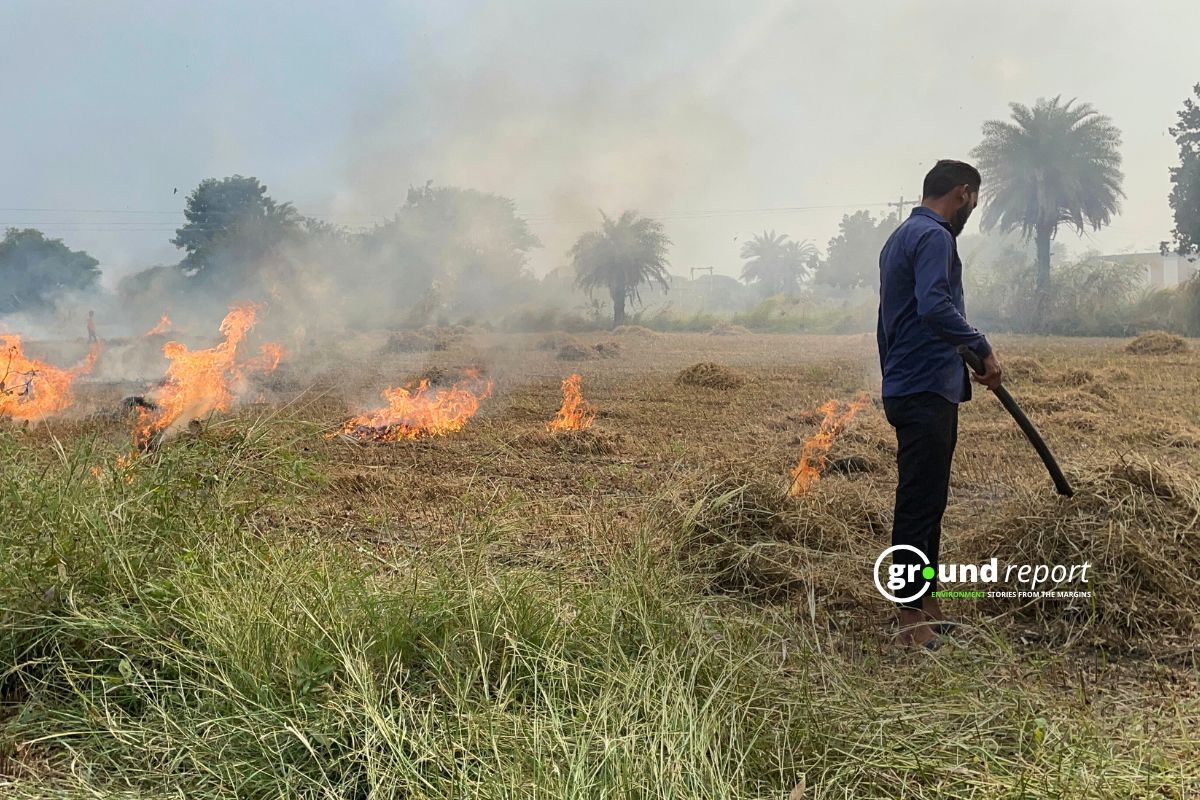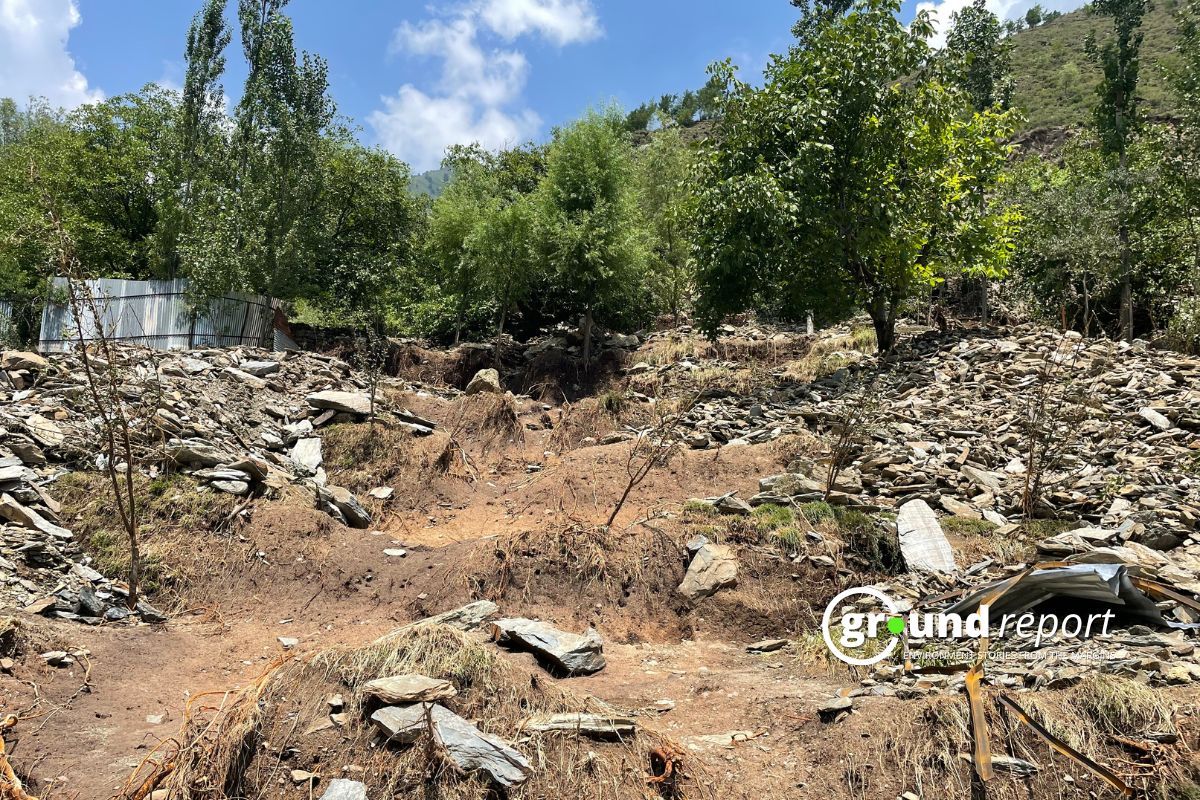India was the fifth most polluted country in the world in terms of air quality last year, according to IQAir’s 2024 World Air Quality Report. Byrnihat, a small industrial town located on the Assam-Meghalaya border, was the most polluted metropolitan area globally. The town recorded an average PM2.5 level of 128.2 micrograms per cubic meter, which is over 25 times higher than the safe limit set by the WHO and more than three times the Indian air quality standards. The severe pollution in Byrnihat is mainly due to rapid industrial growth, unchecked emissions, construction activities, and deforestation.
Even though India’s overall PM2.5 pollution dropped by 7% in 2024, Byrnihat continues to struggle with dangerously toxic air, raising concerns among environmentalists and policymakers.
How did Byrnihat become world’s most polluted city?
Byrnihat is located in the Umling subdivision of the Ribhoi district in Meghalaya. Byrnihat’s pollution levels are dangerously high due to several factors. Factories release large amounts of harmful particles into the air with little regulation or oversight. Heavy traffic along the busy transport route between Assam and Meghalaya adds to the problem, as constant vehicle emissions worsen air quality. Unlike big cities that have at least some pollution control measures, Byrnihat’s industrial growth has been completely unchecked. Additionally, the town’s location traps pollutants, preventing them from dispersing and leaving a thick haze hanging over the area
Byrnihat is an important transport hub between Assam and Meghalaya, but rapid industrial growth and unchecked pollution have turned it into a major pollution hotspot. The town has many factories, including iron and steel plants, distilleries, cement factories, and beverage production units. These industries release large amounts of toxic gases, leading to high levels of harmful particles (PM2.5 and PM10) in the air.
At the same time, heavy truck movement between Assam and Meghalaya adds to the pollution, making the air quality even worse.
Byrnihat may be the most polluted, but India still dominates the global list, with 13 of the 20 most polluted cities in 2024. Despite a 7% drop in average PM2.5 levels—from 54.4 µg/m³ in 2023 to 50.6 µg/m³ in 2024—air pollution remains dangerously high, exceeding WHO’s safe limit by 10 times. India fell from third to fifth place among the world’s most polluted countries, but the air quality crisis is still severe.

The worsening pollution in Byrnihat has severely affected local residents. In January, people protested against the rising pollution and its impact on their health.
Byrnihat’s toxic air is not just an environmental issue—it’s a serious public health crisis. Long-term exposure to PM2.5 pollution can lead to chronic respiratory diseases, increase the risk of heart conditions, and reduce life expectancy. Without immediate action, the impact could be devastating for both current residents and future generations.
Response by the SPCP
Last year, the Meghalaya State Pollution Control Board has come up with necessary preventive and control measures. The aim is to reduce the emission of pollutants at the source. A graded Response Action Plan based on the air quality trend has also been formulated for the town of Byrnihat.
The industrial units will be required to develop a technique that would allow the government to monitor the emission rate in real time. Additionally, the Transport Department will discuss the possibility of bringing e-rickshaws into the region, the Shillong Times reports.
India remains one of the most polluted countries in the world, with 13 of the top 20 most polluted cities located in the country. Although India’s PM2.5 levels dropped from 54.4 µg/m³ in 2023 to 50.6 µg/m³ in 2024, it is still the fifth most polluted nation globally, down from third place the previous year.
Delhi remains the most polluted capital city, but these Indian cities are also in the top 20:
Mullanpur
Faridabad
Loni
New Delhi
Gurugram
Ganganagar
Greater Noida
Bhiwadi
Muzaffarnagar
Hanumangarh
Noida
New Delhi continues to be the most polluted capital city in the world, with an annual PM2.5 level of 91.6 µg/m³.
Support us to keep independent environmental journalism alive in India.
Keep Reading
The costliest water from Narmada is putting a financial burden on Indore
Indore’s Ramsar site Sirpur has an STP constructed almost on the lake
Indore Reviving Historic Lakes to Combat Water Crisis, Hurdles Remain
Indore’s residential society saves Rs 5 lakh a month, through rainwater harvesting
Follow Ground Report on X, Instagram and Facebook for environmental and underreported stories from the margins. Give us feedback on our email id greport2018@gmail.com.
Don’t forget to Subscribe to our weekly newsletter, Join our community on WhatsApp, and Follow our YouTube Channel for video stories.






